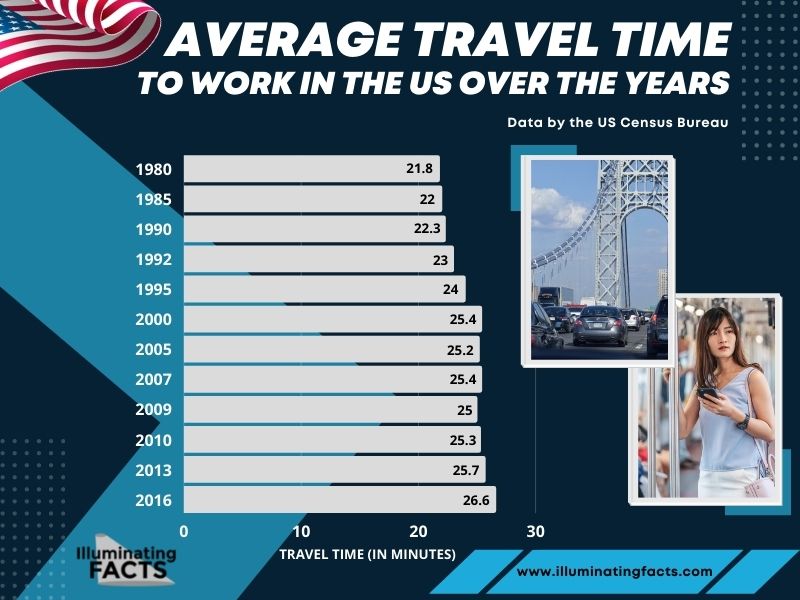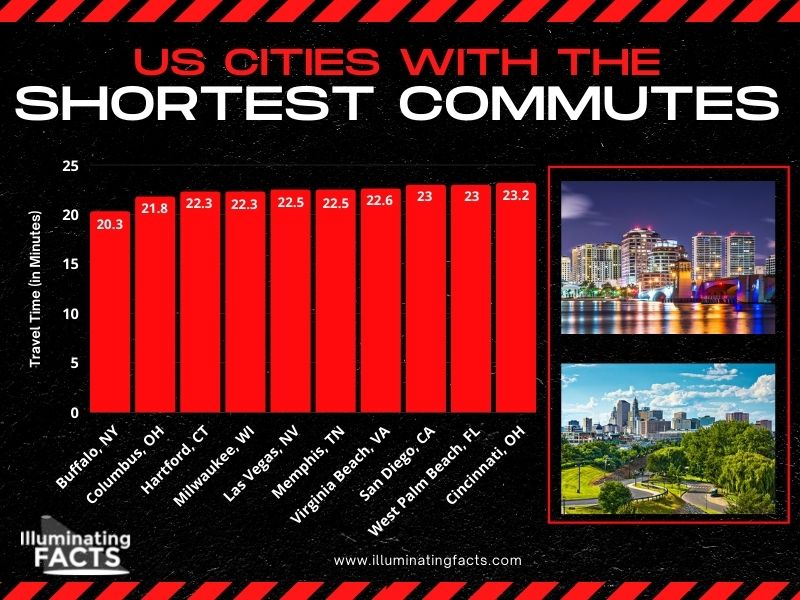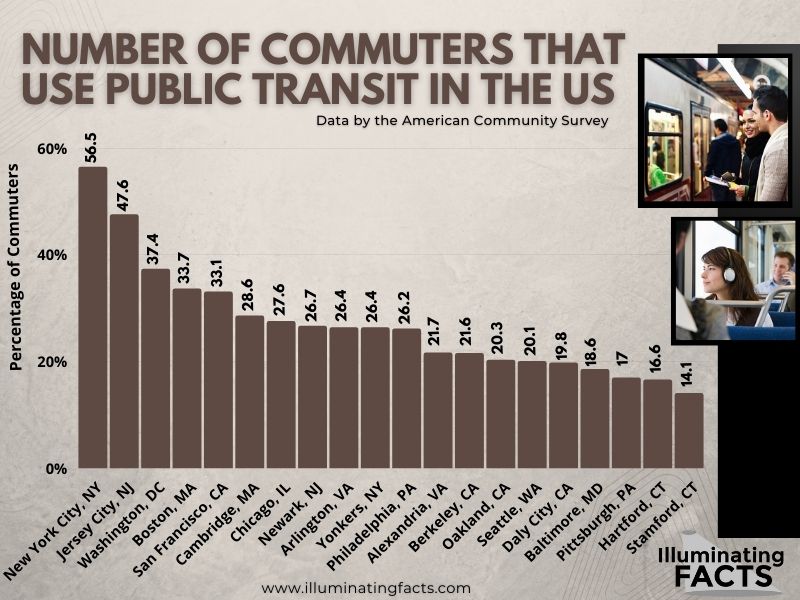Table of Contents
Background
Commuting is a part of the daily lives of many people around the world. This activity enables people to go from their work to their offices, schools, and other locations that they frequently visit in a week. In this article, we will discuss the different aspects of commuting, from its history up to the recent studies and facts that show how short, long, convenient, and stressful commutes are for almost everybody.
What is Commuting?
In simpler terms, commuting refers to an activity where a person moves from one place to another regularly. So, if you are visiting a place frequently or almost every day, like a school or an office, what you are doing is considered “commuting.”
Commuting can be done no matter what mode of transportation you are using to get to another location. However, most people assume that commuting means that you are using public transportation, such as buses, taxis, and trains, but driving your car or riding a bicycle is considered commuting as well. In addition, walking to school or work is regarded as commuting too.
Another common misconception among people is that commuting refers to the time and effort it will take people to go to work. But, commuting can also be applied to people going to school or to any other place, as long as you go to the same location frequently.
One of the cheapest ways to commute besides walking is by riding a bike, which can help commuters save money on bus or train tickets and gasoline. However, riding a bike is not as fast as using the train or the bus, although the bike is much more convenient to use if you don’t want to use different kinds of public transportation that often has an overwhelming amount of people using them.
History of Commuting
The earliest form of commuting dates back to Ancient Rome, specifically around the year 275, when the city’s area for business was at its center. Because of how relatively small Ancient Rome is, walking from a house to the city’s center can only take about 30 minutes. [1]
Commuting in Ancient Rome
Before the Industrial Revolution, most of the cities in the world, specifically in Europe, would only grow up to two miles in diameter. The reason why cities never grew bigger was that it was more practical for workers to only walk a short distance, although the smaller Rome was packed with more than a million people, which made the city more crowded, especially at the center.
Besides walking, the only other mode of transportation available in Ancient Rome was by riding a horse or a carriage, but those modes are often only used to travel from one city to another and not within a specific city.
Commuting in 14th Century Paris
As horse-drawn public transportation was becoming popular by the 14th century, the cities during that time were still quite small, which resulted in overcrowded areas that were prone to outbreaks of illnesses due to improper sanitation. The overpopulation of cities can also be attributed to the fact that moving from one city to another is tedious and time-consuming since horses and carriages are the only modes of transportation available, and they are mostly only afforded by the wealthy.
Because there were no formal “commuting” platforms back then, the “jobs” that were attended to or done by people are not like the jobs that are currently available in today’s era. Most of the jobs in the 14th century were limited to those within the city, like store clerks, construction workers, and blacksmiths.
Commuting during the Industrial Revolution
It could be said that the activity of “commuting” actually started during the Industrial Revolution, specifically at the time after the implementation of the public steam railway and the steam locomotive in the early 1800s. [2] But, before the public steam locomotive was invented, workers in New York City would usually have to walk 40 minutes just to get to their workplace, which is typically about 40 blocks away.
As a solution to the tiring commute that workers experience every day, The Fulton Ferry Company created the first commuter suburb in the United States called “Brooklyn Heights” in the 1810s, which allowed people that are working in Manhattan to have a much closer house to live in. Through the ferry service, it would only take about an hour for commuters to go to Manhattan from Brooklyn Heights. From then on, the Fulton Ferry Company prospered as they pioneered a new way for some commuters to go to work besides walking or riding a bike. However, because ferry tickets can be pricey during that time, not all commuters can afford to get on ferries.
The Horse-Drawn Omnibus
The horse-drawn omnibus, which is a public vehicle that looks like a regular horse-drawn carriage from afar but actually has more compartments and seats so that it can fit more passengers, has been a very popular mode of transportation in New York City since the late 1820s.
However, the horse-drawn omnibus has been around since 1824, when a British transport entrepreneur named John Greenwood improved upon Blaise Pascal’s first public bus line (the carriage) in Paris during the 1660s. Greenwood’s public bus line service in Manchester, Britain, in 1824 features a non-booking service (similar to the modern taxi) wherein you can tell the stagecoach where to go right in the moment you enter the carriage, as opposed to booking a ride to go from one place to another in advance.
By the mid-1820s, the city of Paris also implemented the use of omnibuses. The horse-drawn omnibuses in Paris were popularized by a businessman named Stanislas Baudry, who had started another omnibus line in the city of Nantes two years prior to making a line in Paris. Upon seeing the potential of the Nantes line, Baudry immediately put up plans to create an omnibus line in the most popular city in France. In 1927, omnibus lines were also created in New York City. [3]
However, the roads of New York City were not made for heavy horse-drawn carriages during the 1820s, so riding the omnibus often felt uncomfortable for many passengers. In order to improve the comfort of omnibuses, which are becoming more and more popular, the city built iron tracks on the roads so that the omnibuses would have a smoother ride compared to uneven roads where the passengers can feel the bumps.
The popularity of omnibuses in New York City during the 1820s was brought by its inexpensiveness as a ride in an omnibus would cost only about 5 cents per passenger. The omnibus was still popular until the 1910s when it was becoming obsolete due to the abundance of public trains and railways. The last horse-drawn omnibus utilized for public transport was reported to have run on August 25, 1923, in Berlin, Germany. However, some omnibuses are still being operated in today’s era, although they are used for sightseeing tours.
The Public Railway
From horse-drawn omnibuses, New York City improved its public transportation through the implementation of a public railway system in the area. However, before public transport trains became popular in New York, they first implemented public railways in England thanks to the idea brought by a British engineer named George Stephenson.
Stephenson is responsible for pioneering public transportation through trains, as he gave the idea of carrying passengers on a steam locomotive, which was only once used for transporting goods. The first steam locomotive used for public transport was “Locomotion No.1,” a train designed and built by George Stephenson along with his son, Robert Stephenson, in 1825.
On July 1, 1828, Locomotion No.1 became heavily damaged after its boiler exploded at the Aycliffe Lane station, which is within the Stockton and Darlington Railway (S&DR). The operator of the train during that time, John Cree, was killed in the explosion. Although Locomotion No.1 was rebuilt shortly after, it eventually became obsolete as more advanced trains became more available throughout the 1930s. Locomotion No.1 continued to move around its designated railway until 1941 when it was transformed into a stationary engine. As of 2021, Locomotion No.1 is displayed at the Head of Steam Museum at the Darlington North Road railway station.
By the late 1820s, several American companies saw how convenient public trains were to use in England, so they ordered several British trains that could be used on the tracks that they were building in several parts of the United States. One of the first trains that were ordered by an American company was the “Stourbridge Lion,” which is regarded as the first steam locomotive to operate in the United States in 1829.
However, the Stourbridge Lion did not last long in the tracks, as the Delaware & Hudson Canal Company (the business that bought the train) deemed it to be too heavy for the tracks in the US and decided to remove most of its parts to be used on other trains. The remaining parts of the Stourbridge Lion, like its boiler, were preserved by the Smithsonian Institution in 1890. As of 2021, the parts are on display at the B&O Railroad Museum in the US city of Baltimore.
A few years after the acquisition of the Stourbridge Lion, the steam locomotive quickly evolved as a new mode of public transportation in different American cities, including New York City, which eventually incorporated elevated railroads into its railway system in 1867.
The elevated railroads allowed trains to be faster in transporting passengers, as the trains wouldn’t be stopped by traffic. In addition, elevated trains are much faster than omnibuses, so they were used by more people in New York City. However, by elevating railroads, trains would produce louder noises that are unpleasant to hear in parts of New York that have residents, and the coal ash used to give energy to the trains would fall down on the road below, which caused pollution.
As a solution to the noise and road pollution that steam locomotives produced, Frank Sprague, a protege of Thomas Edison, designed and developed the first electric streetcar, which can be utilized through a less polluting power source, electricity, instead of coal. The electric streetcar began its operations on February 2, 1888, in the Richmond Union Passenger Railway in Richmond, Virginia. [4] Not long after the implementation of streetcars in the area, New York City began to have public streetcars on the roads. Although the steam locomotive is still a popular mode of transportation in New York, the addition of streetcars provided passengers with a safer, albeit slower, way to commute.
The Underground Railway
As cities became more populated, it became more difficult for railway companies to set up new railway systems within those cities. But, underground railways were implemented in London around the 1890s so that trains could move below the main roads instead of being elevated and causing more pollution. One of the first successful underground railway systems was the one created by the Massachusetts Bay Transportation Authority (MBTA) in the city of Boston in 1897, which features faster trains that can move for more than 13 miles per hour.
After the successful launch of the underground railway in Boston, other cities began implementing the same system, and one of those cities is New York City. In New York, it was the Interborough Rapid Transit Company that started connecting the business-centered Manhattan to the residents-filled Bronx in 1904 through an underground railway. The project was successful, and the railway was considered one of the fastest rapid transit railways not only in the US but also in the entire world during that time.
Automobiles
By the start of the 20th century, automobiles were becoming widely popular in major cities around the United States. By the year 1920, more than eight million Americans were said to have a vehicle in their garage. The abundance of cars during that period is attributed to the affordability of the Ford Model T, which is considered the first affordable automobile, as most of the cars during that time were made with expensive components, hence their hefty price tags.
The Ford Model was introduced on October 1, 1908, and continued to be produced until May 26, 1927. In 1999, the Ford Model T was considered the Car of the Century, and it was able to beat the BMC Mini, the Volkswagen Beetle, and the Citroen DS, which are also influential vehicles in their own right. The Ford Model T was once the most sold car in history, but it was eventually beaten by the Volkswagen Beetle in 1972. Without the creation of the Ford Model T, it is safe to say that automobiles wouldn’t be a very popular mode of transportation today, as the Model T showed that an elegant car can be inexpensive and can be available for everyone.
The popularity of automobiles from the 20th century up to the present era is also attributed to their convenience and comfort, as you don’t have to wait in lines or bump with other people just to get a seat or a space on the train. With cars, you have freedom on what you want to do and where you want to go during the commute.
By the 1950s, the United States widely became a nation filled with so many automobiles, which caused so much traffic on the roads of major cities. In order to combat traffic congestion, the US government created highways that not only provide a wider road for cars but also easier access to cities for car owners in the suburbs or far away locations.
However, by the 70s, the highways just caused more traffic, as more and more Americans started buying cars because of convenience. But the convenience of owning a car in the 70s turned into stress, as more vehicles meant that traffic congestion was much worse. As an answer to the worsening traffic, the government decided to improve the different modes of public transportation so that they can encourage more people to use trains and other public vehicles instead of privately-owned cars.
Most Used Modes of Transportation in the US
As evident in the history of commuting, cars are the most preferred mode of transportation for many people in the United States. Even after the 70s, the number of cars in the US just kept increasing, which is why the traffic in major cities never improved, despite the major developments in the roads and highways of those cities throughout the year.
In a study conducted by Statista in 2016, 85.4% of Americans preferred to use cars, trucks, or vans for commuting, as shown in the graph above. [5] There are only 5.1% of them that prefer public transport like trains and buses, while 0.6% use bikes and 1.2% use taxis, motorcycles, and other modes of transportation. Surprisingly, there are 2.7% that walk their way to work, which could be brought about by their close proximity to their workplace. Moreover, there are 5% of Americans that work at home.
Average Commute Time in the US
As public transportation is becoming more available for many people in the United States, one would expect that car users would lessen over the years. However, that is not exactly the case, as the number of cars that are currently owned by Americans increased by 8.5 million in 2016 from 2006.[6]
In another study conducted by Statista, the average duration of a one-way commute to work for 30% of Americans is 15 to 29 minutes in 2021. However, as a pandemic hit the United States, as well as other countries around the world, many employees were forced to work from home, as offices are either closed or at limited capacity. So the number of people who worked at home increased to 25% in 2021 from 5% in 2016.[7] As of 2021, it is unknown if many employees would continue to work at home after everything goes back to normal, but it is expected that most people would seek remote jobs because of its convenience.
Travel Time for Each State in the US
Not all states in the US are equal in size and volume of people, so the travel time for each of those states varies. For major cities in the country, the travel time would obviously be much longer due to heavy traffic and the overwhelming amount of cars traveling every day, while rural states would have shorter travel times because the highways in those areas are less crowded.
According to the American Community Survey that was conducted by the US Census Bureau from 2015 to 2019 (5-year estimate), the state of New York has the longest travel time for commuters, as it would take them 33.6 minutes to get to work from their home. [8] The state with the second-longest travel time is Maryland at 33.2 minutes, which is understandable due to its close proximity to Washington, DC.
On the other hand, the home district of Washington, the District of Columbia, has an average travel time of 30.8 minutes. The state with the shortest travel time in South Dakota at 17.2 minutes. The short travel time in the state can be attributed to the fact that it is the 5th least populous and the 5th least densely populated state in the country. Interestingly, the state with the second-shortest travel time is North Dakota at 17.3 minutes.
Average Travel Time in the US Over the Years
The average travel time in the United States has increased over the years, and one of the biggest factors for this constant change or increase is the number of cars that are present on the roads, which keeps increasing in the number as the years go by.
As evident from the data collected by the US Census Bureau, the commute time went from less than 22 minutes in 1980 to 26.6 minutes in 2016, which was the highest average commute time in the US as of 2021. There was a time between 2005 and 2010 when the average commute time decreased, but it quickly went up after 2010. [9]
US Cities with the Longest Commutes
The densest cities in terms of the population would, of course, have the longest commutes out of all areas in the United States. The average commute time in the country is 26.6 minutes, although the city with the longest commute, New York City, is at 34.7 minutes, according to a study conducted by TitleMax.[10]
As evident in the graph above, almost all of the cities with the longest commutes are business centers in the country, like New York, Chicago, and Boston. Some of the cities on the graph are also cities that are densely populated, such as Newark and Oakland.
US Cities with the Shortest Commutes
According to TitleMax, the city with the shortest commute is Buffalo, New York, at 20.3 minutes, which is surprising considering that it is relatively close to New York City.
Surprisingly, Las Vegas, Nevada, has the fifth-shortest commute time at 22.5 minutes, despite the massive volume of people that go to the city every week. However, 22.5 minutes is just the average commute time to go to Las Vegas, so it may become longer during the weekends when a lot of people go to casinos in the area.
Number of Commuters that Use Public Transit in the US
As the US government is doing its best to improve public transit in different parts of the country, many commuters are opting to ride buses, ferries, and trains as opposed to automobiles and cars. But, the number of people that use public transit in the country is still relatively low compared to other countries.
Upon seeing the graph above, which shows the data that turned out as a result of the 2015 American Community Survey, you will notice that New York City is the only city in the United States that goes above the 50% mark of the total commuters per city. [11] So, it could be said that many people still prefer to use bicycles, automobiles, and other privately owned vehicles for commuting.
20 Interesting Facts About Commuting
- While it is rare for bikes and motorcycles to be used for commuting in the United States, those vehicles are actually the most used in Vietnam. In fact, there are more registered motorbikes in that country than registered households.
- Speaking of bikes, Amsterdam is widely known as the cycling capital of the world because of how many people ride bikes in the area. There are more than 880,000 bicycles that are registered in Amsterdam.
- According to a study, Israel is the country with the longest commute, as people often take 1 hour and 37 minutes just to get to work or school. [12]
- The country with the second-longest commute is the United Arab Emirates (UAE), at 1 hour and 36 minutes, which is just one minute shorter than Israel.
- The country with the shortest commute time is Cyprus, with an average of 19 minutes.
- In the city of Houston, Texas, about 91% of commuters use privately owned cars as a way to get to work or school.
- On the other hand, 49% of people used trains in the city of Tokyo in Japan.
- The person who takes the longest commute in Britain or possibly the whole work is a man named Gary Egan, who works as the head of production at Rocket Graphics Ltd. According to Egan, it would take him about six hours to go to his workplace at Watford, Hertfordshire, from his home at Porthcawl.
- People who spend less than 20 minutes commuting are more satisfied with their commute than those that are commuting for more than 45 minutes. This could be attributed to the stress of taking crowded buses, trains, and other modes of public transportation for longer periods of time.
- To help commuters have a more convenient time walking around Hong Kong, the government built the Central-Mid-Level escalator that connects the mid-level of the city to the central level, where most businesses and workplaces are located.
- Another interesting contraption to help commuters have an easier time traveling from one area to another is the sky wire in Bolivia. The sky wire lets people living in higher areas commute faster in lower locations in the country.
- The city where people have spent the most time stuck in traffic in Los Angeles. Commuters in that city would usually be stuck for 102 hours a year on the congested roads.
- Long commutes are said to affect a person’s physical and mental health. As a way to combat the stress and fatigue brought by long commutes, experts recommend that you get a job that is nearer to your home as much as possible.
- About 1 in 20 Americans are now working from home. Remote jobs are great alternatives since you won’t have to suffer mental and physical exhaustion from long commutes.
- According to a study, reading books while commuting reduces stress levels by 68%. [13] So, if you are ever bored or tired of commuting, you can just read a book while on your way to work or school to alleviate your stress.
- To have a much more enjoyable and less tedious time commuting, most commute experts recommend that you change the activities you do within the commute every day. So, you can read books on Mondays, listen to music on Tuesdays, tune in to podcasts on Wednesdays, and so on.
- Four out of ten people that are 35 years old and below own cars. So, it is safe to say that some younger people would rather drive a car than use public transit for commuting.
- About 92% of commuters that walk or ride a bike to work or school are more satisfied with their commute. Biking is slowly catching on in major cities in the United States because of its convenience. It is cheaper than a car since you don’t have to spend money on gas, and it is more comfortable than using public transport which can often get crowded. In addition, walking and biking can give your body a sufficient amount of exercise every day.
- Despite the perceived convenience of owning a car, driving can actually take you much longer to commute than using public transit because of the usual highly congested roads in major cities in the United States and even in other countries.
- Some people see the positive aspects of commuting, mainly its ability to give commuters time to reflect on work, relationships, and life in general before being home.[14]
REFERENCES
[1] English, J., 2019. The Commuting Principle That Shaped Urban History. Bloomberg.com. Available at: https://www.bloomberg.com/news/features/2019-08-29/the-commuting-principle-that-shaped-urban-history [Accessed October 25, 2021]
[2] Hannon, J., 2019. The Evolution of Commute Time. Medium.com. Available at: https://medium.com/turn-key/the-evolution-of-commute-time-e6fd70d519a7 [Accessed October 25, 2021]
[3] Charleston County Public Library. The Omnibus Revolution(s). CCPL.org. Available at: https://www.ccpl.org/charleston-time-machine/omnibus-revolutions [Accessed October 25, 2021]
[4] Edison Tech Center. Frank Julian Sprague: The accomplishments and life of F.J. Sprague. 1857-1934. EdisonTechCenter.org. Available at: https://edisontechcenter.org/FrankSprague.html [Accessed October 26, 2021]
[5] Loesche, D., 2017. How Americans Commute to Work. Statista.com. Available at: https://www.statista.com/chart/11355/how-americans-commute-to-work/ [Accessed October 26, 2021]
[6] Loesche, D., 2017. How Americans Commute to Work. Statista.com. Available at: https://www.statista.com/chart/11355/how-americans-commute-to-work/ [Accessed October 27, 2021]
[7] Richter, F., 2020. Road Traffic Falls to 1995 Levels Amid Pandemic. Statista.com. Available at: https://www.statista.com/chart/22842/total-vehicle-miles-traveled-on-us-roads/ [Accessed October 27, 2021]
[8]US Census Bureau, 2019. Mean travel time to work (minutes), workers age 16 years+ by State. Census.gov. Available at: https://www.census.gov/search-results.html?searchType=web&cssp=SERP&q=commuting [Accessed October 27, 2021]
[9] Schwartz, E., 2017. The Cost of Commuting. EconLife.com. Available at: https://econlife.com/2017/09/increasing-commuting-time/ [Accessed November 9, 2021]
[10] Hallman, C. The Average Commute to Work by State and City. TitleMax.com. Available at: https://www.titlemax.com/discovery-center/money-finance/average-commute-time-by-city-and-state/ [Accessed October 27, 2021]
[11] US Census Bureau, 2017. Transit and Ground Passenger Transportation Increased in 2015. Census.gov. Available at: https://www.census.gov/newsroom/press-releases/2017/cb17-84-transit-ground-transportation.html [Accessed October 27, 2021]
[12] Clockify. Interesting facts about commuting. Clockify.me. Available at: https://clockify.me/blog/productivity/everything-about-commute/ [Accessed October 27, 2021]
[13] Wilson, R., Boyle, P., Yu, L., Barnes, L. Schneider, J., and Bennett, D., 2013. Life-span cognitive activity, neuropathologic burden, and cognitive aging. n.Neurology.org. Available at: https://n.neurology.org/content/81/4/314 [Accessed October 27, 2021]
[14] Redmond, L. and Mokhtarian, P., 2001. The positive utility of the commute: modeling ideal commute time and relative desired commute amount. Link.Springer.com. Available at: https://link.springer.com/article/10.1023/A:1010366321778 [Accessed October 27, 2021]

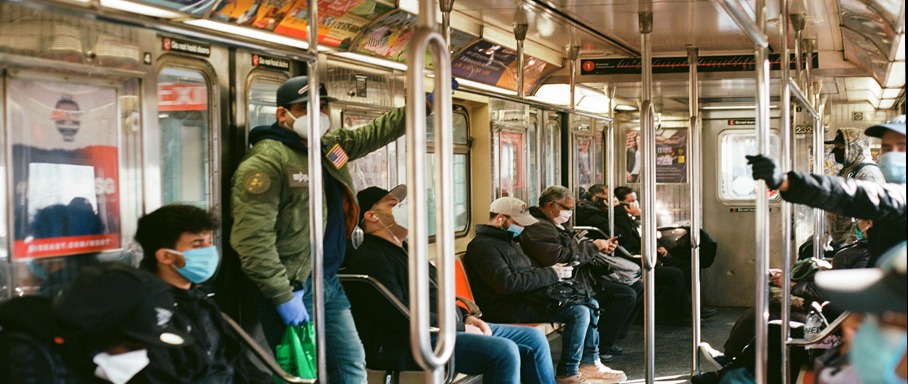


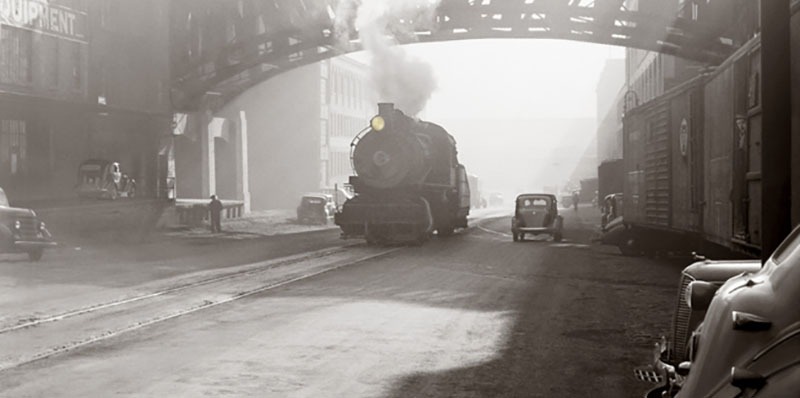
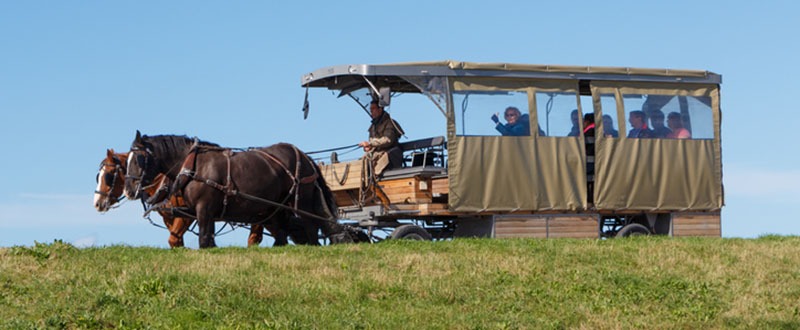
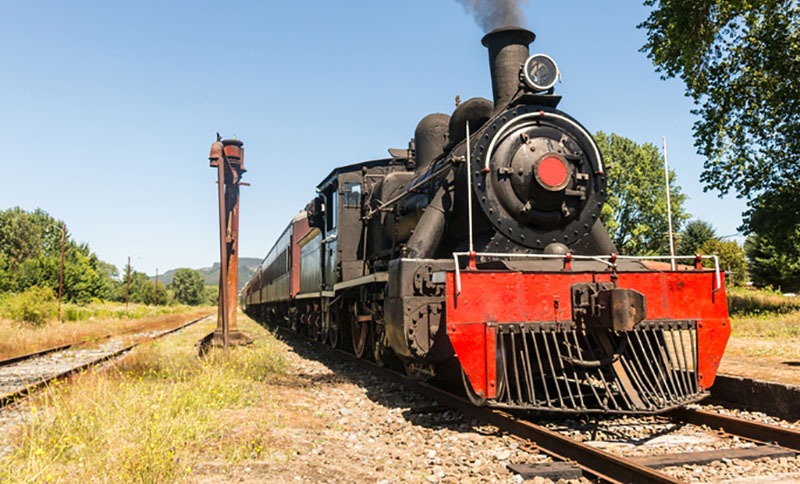
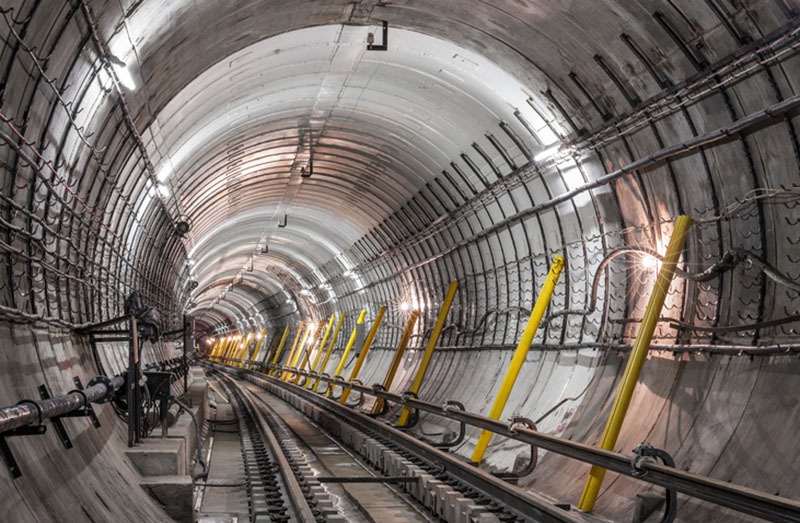
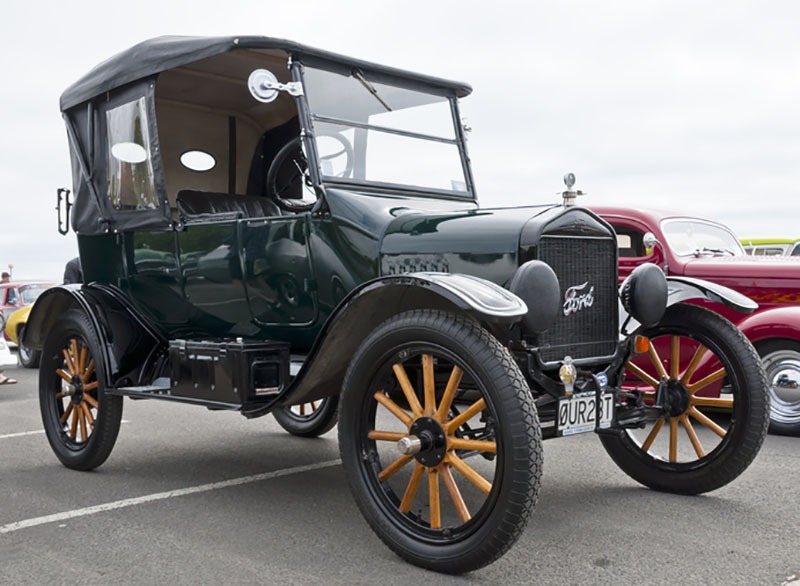
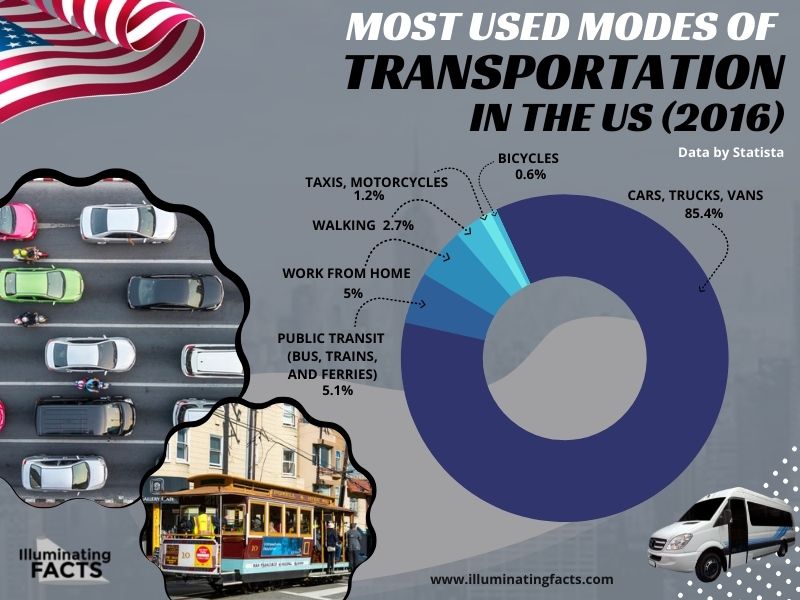

.jpg)
